According to research recently published by SnowSports Industries America (SIA) there’s a clear picture of the snowshoe population. In a nationwide survey conducted with 40,000 people it was projected that there were 3,823,000 snowshoers in 2010 (calendar year). This was the highest snowshoe population on record and an increase of 11 percent from the previous year. Other snow sport populations were: alpine (11,504,000); cross-country ski (4,530,000); and snowboard (8,196,000).
The age group information exemplified that local observations may show a very different picture compared to the national statistics, which had an even split of snowshoers in the 13-17, 18-24, and 25-34 age groups (21, 23, and 24 percent respectively). The combined number of snowshoers between ages 13 and 34 represented 68 percent of snowshoers. There is a decline among snowshoers aged 35-44 (12 percent), 45-54 (8 percent), and snowshoers who are above 54 years old (2 percent). This does not correlate very well with age groups of the general population where older age groups are much larger. The 6-12 age group comprised 10 percent of snowshoers.
The gender of snowshoers in 2010 according to the survey was 54-46 percent male-female. Sales statistics according to the SIA RetailTrak service (2010-11 season) had 97,553 pairs of snowshoes sold to men (59 percent) and 49,748 to women (30 percent) while the remaining 17,378 sales were kids’ snowshoes (80 percent boys). In 2007-08 men purchased 71 percent of the snowshoes while women purchased 19%, and 10% of the snowshoes were bought by/for youth. Again, local observation suggests that there are many more women snowshoeing compared to men and that does not agree with the national survey results.
Sales of snowshoes in the 2010-11 season were 164,678 pairs (you thought it was millions?) and that was an increase of 8 percent above the previous year. In 2007-08 there were 3 percent more snowshoes sold compared to 2010-11, and then there was a decline of about 10 percent in 2008-09. Most of this sales activity and participation correlates to the amount of snow there is during the winter. If it starts snowing early before the holidays that turns into many more snowshoe sales as gifts. If the winter maintains through January and February, it extends the amount of time that snowshoes will sell.
The channels of snowshoe distribution (where snowshoes sell) in 2010-11 were also revealed by RetailTrak with 53,590 pairs (33 percent) sold by specialty retailers (ski shops and outdoor shops), 47,137 (29 percent) sold via the Internet, and 63,952 (39 percent) sold at chain stores.
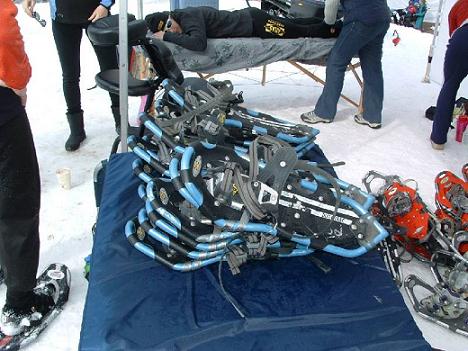
The survey projections divided snowshoers in the USA by geographic region. There was 21 percent in the Pacific states, 18 percent each in the MidAtlantic (NJ, NY, PA) region and N. Central (12 states between IN-ND, MO-KS) region, 16 percent in the Mountain states and 8 percent of them in New England. The remaining 21 percent were in the South Atlantic and South Central regions (17 states).
The average retail prices for snowshoes in 2010-11 in chain stores were $130.20 per pair for adults and $48.39 for kids. On the Internet snowshoes were $155.33 for adults and $50.42 for kids. Ski Specialty shop prices averaged $144.96 for adult snowshoes and $59.90 for kids while Outdoor Specialty shop prices were $155.76 and $58.96 respectively.
As previously cited the research generally depicts trends and local specifics may be substantially different. In general more expensive snowshoes have higher quality components that provide an easier or higher performing experience. For example, consider the quality of bindings and how much easier they work or effective they perform in higher priced products.
The research did not query about how or where people are introduced to snowshoeing. Do they first go to a commercial cross country ski area to rent snowshoes and go on the packed trails? What percentage of snowshoers owns their own gear or rent equipment at a retail shop and head off on public or private noncommercial trail networks? We know that snowshoe groups and guided tours are very popular at commercial cross country ski areas. Women’s snowshoe groups are also popular as an outing guided by a naturalist or held as a weekly fitness activity at cross country ski areas or with local recreation programs. Statistics are not yet available concerning these issues.
For information about cross country ski area group and rental programs in your region or to find a destination for snowshoeing, check www.XCSkiResorts.com.
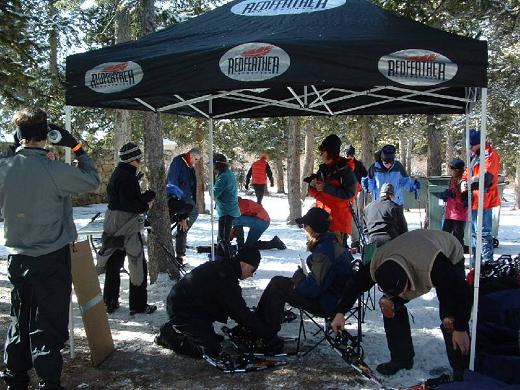

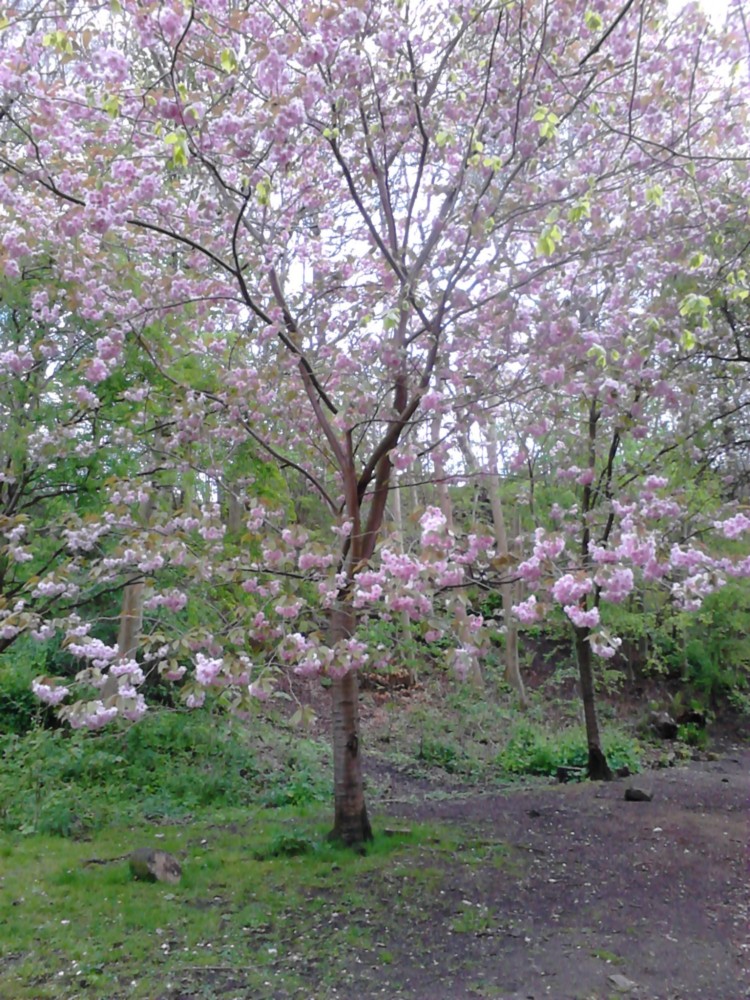
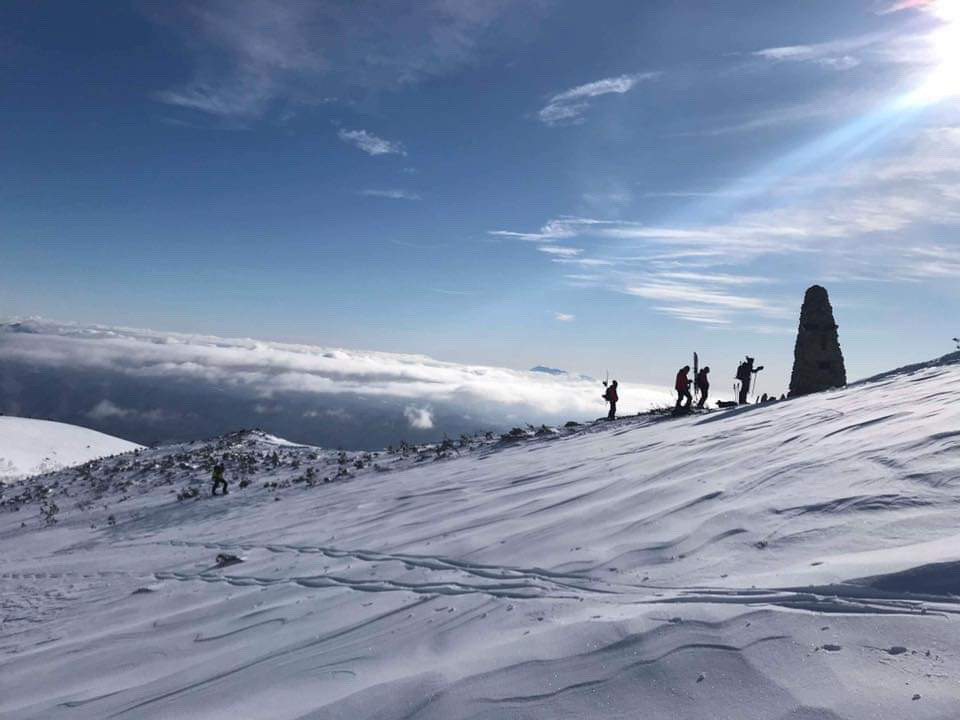
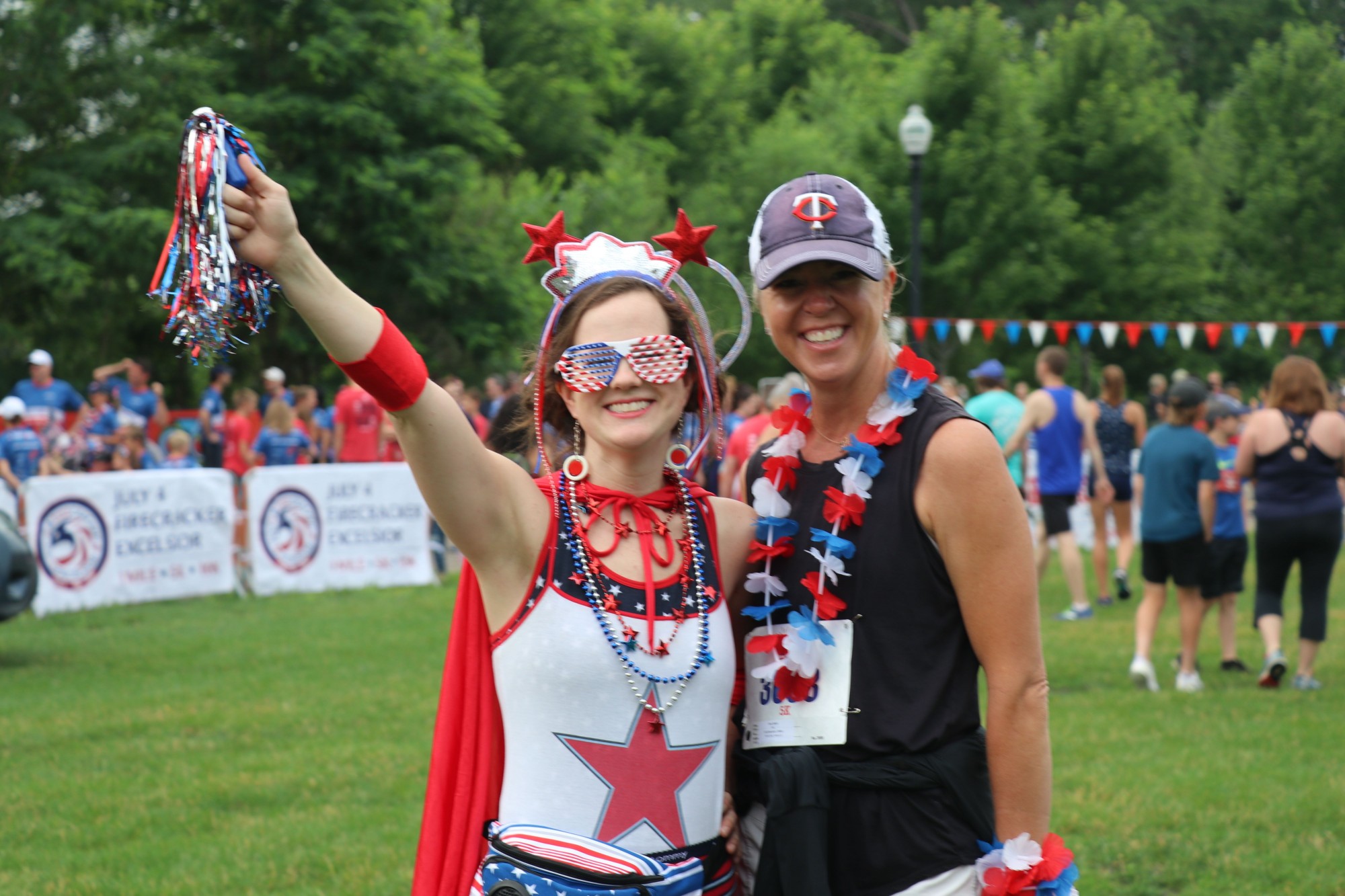
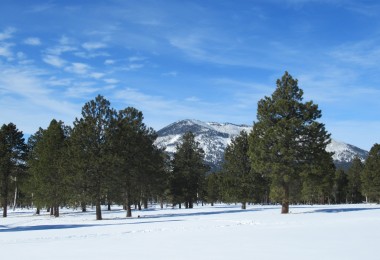

[…] as skiing do, but recently it’s begun to see an upturn in the United States, according to datafrom SnowSports Industries America. Aiming to give the activity an extra boost, German company Hive has created a fresh new take on the […]